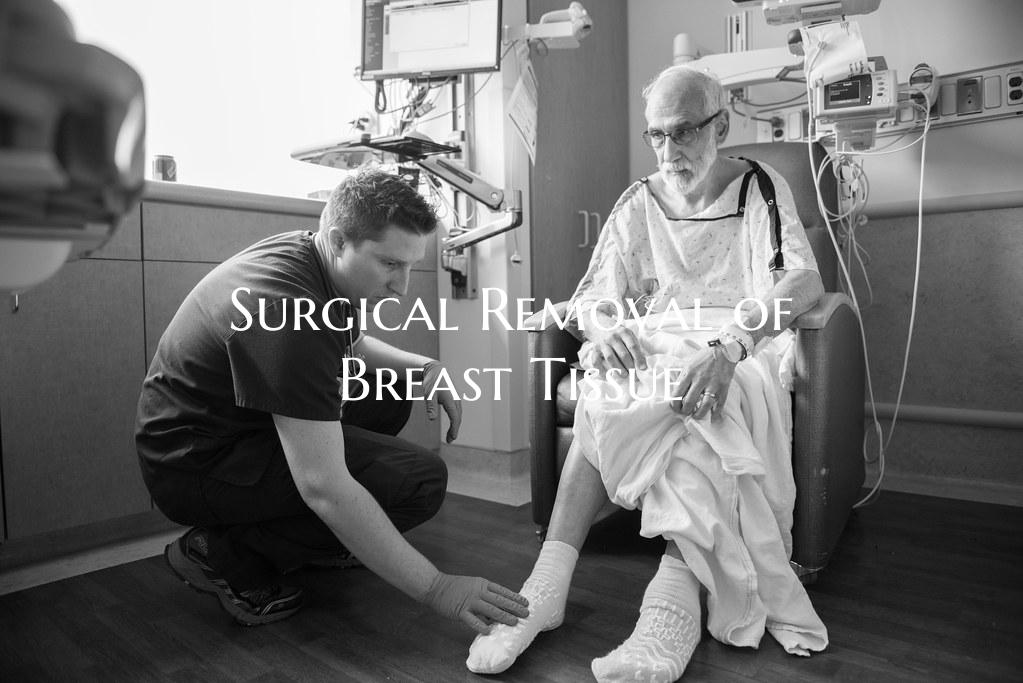
Surgical Removal of Breast Tissue
Introduction: Surgical removal of breast tissue, also known as a mastectomy, is a common procedure performed for various medical reasons. This article aims to provide insight into the procedure of surgical removal of breast tissue, including the different types of mastectomies, reasons for the surgery, recovery process, and considerations before and after the operation.
Types of Mastectomies: There are different types of mastectomies, ranging from partial to total removal of breast tissue. The types include: 1. Partial mastectomy (or lumpectomy): Removal of a portion of breast tissue. 2. Total mastectomy: Complete removal of breast tissue, but leaving the chest wall muscles intact. 3. Modified radical mastectomy: Removal of the entire breast along with surrounding lymph nodes. 4. Radical mastectomy: Rarely performed, involves removal of the breast, chest muscles, and lymph nodes under the arm.
Reasons for Surgical Removal of Breast Tissue: Surgical removal of breast tissue may be necessary for various reasons, including: 1. Breast cancer treatment: Mastectomy is a common treatment option for breast cancer patients. 2. Risk-reducing mastectomy: Individuals with a high risk of developing breast cancer may opt for preventive mastectomy. 3. Non-cancerous conditions: In some cases, mastectomy may be recommended for benign breast conditions that pose a health risk.
Recovery Process: The recovery process following surgical removal of breast tissue varies depending on the type of mastectomy performed. Patients can expect to experience some discomfort, swelling, and limited mobility in the days following the surgery. It is important to follow post-operative care instructions provided by healthcare providers to promote healing and reduce the risk of complications.
Considerations Before and After Surgery: Before undergoing surgical removal of breast tissue, it is important to discuss the procedure, potential risks, and expected outcomes with your healthcare team. Support systems, including family, friends, and counseling services, can be beneficial in coping with the emotional aspects of breast surgery. After the surgery, follow-up appointments and ongoing monitoring are essential to ensure optimal recovery and potential further treatment, such as reconstruction options.
Conclusion: Surgical removal of breast tissue is a significant medical procedure that may be necessary for various health reasons. Understanding the different types of mastectomies, reasons for the surgery, recovery process, and considerations before and after the operation can help individuals make informed decisions and navigate the treatment journey with confidence and support. Always consult with healthcare providers for personalized guidance and care throughout the surgical process.